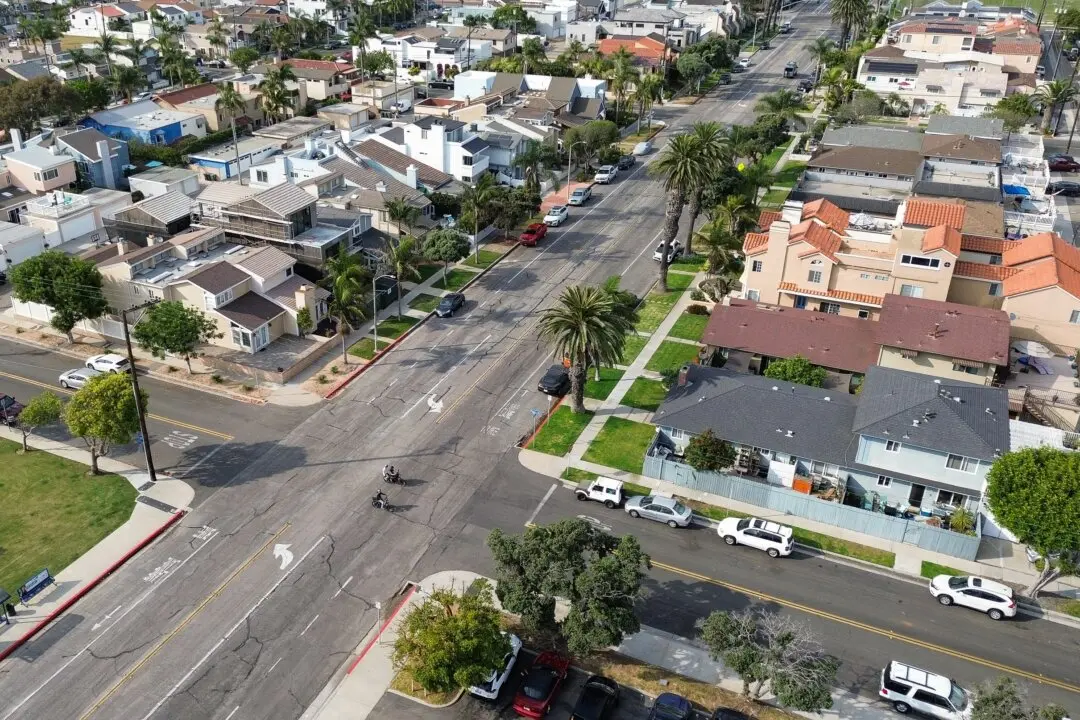The IRS has reminded people born before 1951 to take the required minimum distributions (RMDs) from their retirement accounts by the end of 2023, while also highlighting a new change to the rule beginning this year.
An RMD is the amount that anyone with an employer-sponsored retirement plan or an IRA account is mandated to withdraw each year. If an RMD isn’t taken on time, the individual may be subject to penalties.





